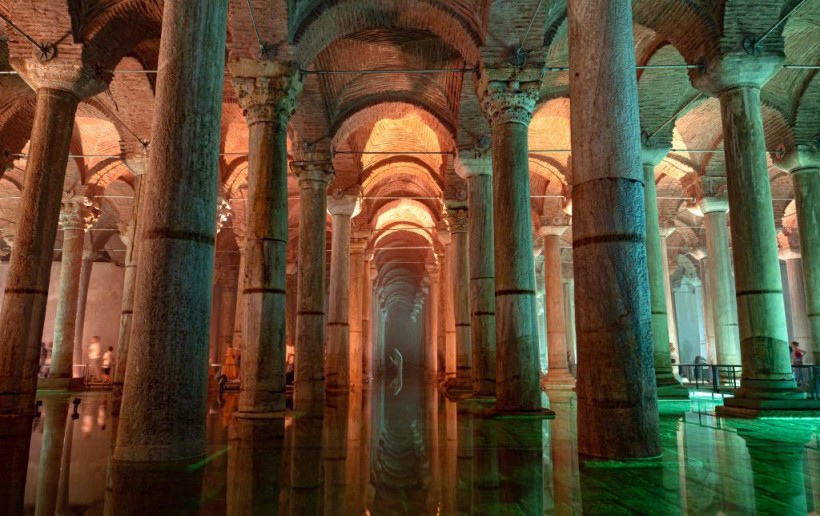Santa Claus has been a key figure and a traditional patron depicting the atmosphere of Christmas in the United States and other countries worldwide. Father Christmas and his image have their roots to Nicholas, a Christian saint dating back to the 4th century. Since then, the legend of Santa emerged from the Western Christian culture, notably Europe, where he makes his presence during Christmas Eve.
Formally called as St. Nicholas, Santa acquired various modern nicknames like Saint Nick or Kris Kringle. Becoming famous for generations, the chimney hopper is known for rounding up his worker elves throughout the year and riding his magical deer carriage to deliver gifts to children depending if they are naughty or nice.

Although cultural belief and the spirit of Santa lives on until today, the exact tomb or resting place of the saint remained a mystery in the historical archives. In previous years, some suggests that the mortal remains of the Greek saint are possibly scattered around the globe in the form of holy relics. Amid the multitude of theories, the burial place of the 'old man in a red suit' was not scientifically found and proven.
However, a new archaeological report as of Wednesday, October 20, suggests that archaeologists have discovered a place what appears to be the grave of the legendary character. The report says archaeologists have unearthed the first site of the remains of the same 4th century saint and chimney hopper. The discovery was possible clues revealed by archaeological excavations at the site.
Saint Nicholas Burial Place
Archeologists in Southern Turkey have unearthed the original or exact burial place of Santa Claus himself at an ancient church in the country's Antalya region. Experts already knew that St. Nicholas' body was buried in the 4th century Turkish church. Yet, the holy man's remains were stolen approximately 700 years after he died. Hence, the original spot where he was originally was a mystery.
Now, the new report indicates there were clues gathered following a fresh excavation of the Turkish church, which includes the ecclesiastical building. It is reportedly similar to Jerusalem's Church of the Holy Sepulchre in Jerusalem. The placement of a fresco showing Jesus also hinted where St. Nick's remains was laid to rest, according to Live Science.
Forgotten in Time
The Greek Reporter news organization specified that the archaeological team found the flood where Saint Nicholas walked inside the St. Nicholas Church in the town of Myra, South Turkey. The said churched was renamed by the Turkish government as "Demre" in 2005 and it was built in 520 over the foundations of an older Christian church, where Nicholas served as a bishop and was buried.
Prior to the discovery, scientists have used carbon dating and DNA tests to piece together the perceived holy relics of the alleged remains belonging to Santa Claus, being the same man as the ancient 4th century Greek bishop. In 2017, Oxford University scholars spearheaded and revealed through a radiocarbon study, according to the National Geographic.
Related Article: Lying About Santa May be Damaging to Your Kids, Study Says
© 2024 NatureWorldNews.com All rights reserved. Do not reproduce without permission.

![Tsunami Hazard Zones: New US Map Shows Places at Risk of Flooding and Tsunamis Amid Rising Sea Levels [NOAA]](https://1471793142.rsc.cdn77.org/data/thumbs/full/70325/280/157/50/40/tsunami-hazard-zones-new-us-map-shows-places-at-risk-of-flooding-and-tsunamis-amid-rising-sea-levels-noaa.jpg)



